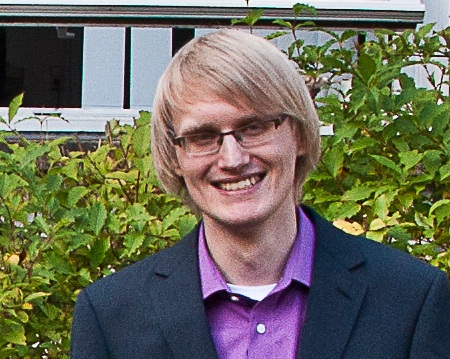MSc Rico Schnierer
Rico Schnierer
University of Rostock
Faculty of Mathematics and Natural Sciences
Institute of Physics
Phone: +49-381-498-68 69
Email: rico.schnierer(at)uni-rostock.de
Topic
Optimization of CaTiO3 for implants
Description
The thesis "Optimizing CaTiO3 as an implant material" is part of project E-1 of the DFG-post-graduate-program WELISA. It aims for new materials in regenerative therapies and implant technology which is necessary due to the change in demographic structure in Germany.
Because of its piezoelectric properties and high biocompatibility calcium titanate is a promising candidate for improving medical prostheses. Since pure CaTiO3 lacks mechanical properties desired for bone substitutes, its applications concentrate on gradient or coating materials (e.g. with Titanium). Doping with trace elements like iron, copper or magnesium will be done to achieve bonelike dielectric properties.
Approach
Step 1: Synthesis of nanoscale CaTiO3 powders and comparison to commercial powder
Step 2: Production of solid and porous samples with conventional and spark plasma sintering
Step 3: Characterization of powders and samples
- DSC, TGA
- XRD, REM/TEM, AFM, µ-CT
- Nanoindentation, Physisorption Analysis
- Cell Proliferation Analysis
Results
So far the following results have been achieved:
- Sol-Gel synthesis of pure and doped CaTiO3 powders has been realized. Changes in atomic structure and phase compositions have been analyzed by high energy x-ray diffraction. Particle sizes and morphologies have been investigated using a scanning electron microscope.
- Bulk samples have been successfully prepared using field assisted sintering technique.
Publications
Patente
BURKEL, E. and SCHNIERER, R., 2015. Formkörper enthaltend piezoelektrisches Calciumtitanoxid, ein Verfahren zu deren Herstellung und Anregung und Verwendung piezoaktiven Calciumtitanoxids als piezoelektrischer Formkörper oder Bestandteil piezoelektrischer Formkörper. DE102015108865.7

